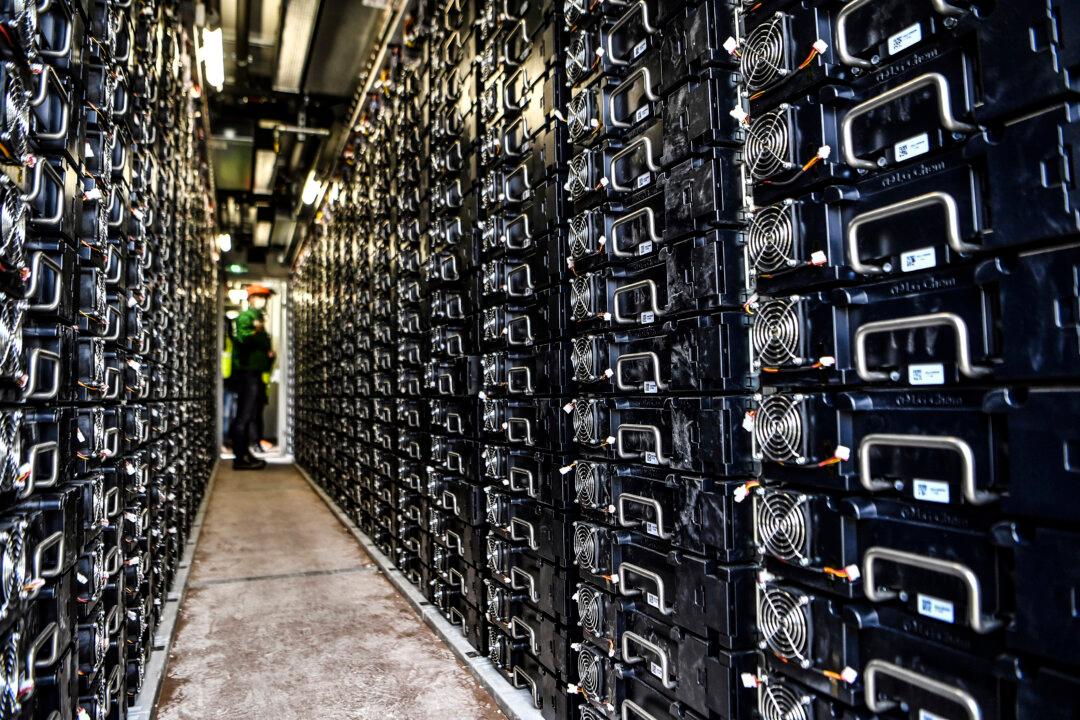While humans’ capacity to protect themselves from nature has grown considerably, humanity remains subject to the regularity of the tides and the whims of the weather. Despite our steadily growing appreciation of how complex natural and social processes really are, we have convinced ourselves that we can understand and control how events will unfold. The illusion of control has steadily advanced as computers have allowed us to create virtual worlds where humans control the flow of data and the rules of the game. All virtual worlds are, by definition, self-consistent. Once data are digitized, the algorithms can go to work. Most importantly, self-consistency allows precise goals to be set and metrics that allow for measuring progress toward those goals. Events occurring outside the well-defined virtual world are only indirectly accounted for, if at all.
Predictions of the future behavior of complex systems are products of virtual worlds. To reduce the complexity of calculating predictions, computer models must simplify. To forecast future climate scenarios, they assume an imaginary homogeneity over large volumes of the atmosphere and oceans while they ignore minor effects and feedback known to influence outcomes. Similarly, because we can measure and regulate human-generated carbon dioxide (CO2), models place great emphasis on carbon’s role in influencing climate change.
As we become more certain about model results, we become more confident that society can exercise control over those systems being modeled. With unwavering confidence about the effects of CO2 on the climate, advocates propose to regulate anthropogenic carbon emissions using models that trivialize the dynamics of an elaborate, centuries-old global system for generating and distributing useful energy in human societies. Our certainty about model results is such that governments around the world feel able to compel citizens to adopt less efficient and less reliable energy technologies to avoid hydrocarbon fuels at all costs.
Based on models for how Earth’s climate will change in the virtual world, millions of acres of land and sea in the real world are devoted to harvesting energy from intermittent wind and sun to replace a stable electricity generation system. Computer-based predictions about the future climate stimulate the mass production of vehicles powered by thousand-pound battery packs built using rare metals and requiring significant additions to the current grid. In the virtual world, these technologies are neatly projected to satisfy future global demand for energy and food with minimal environmental fallout. Kilowatt-hours are assumed to be interchangeable with gallons of gasoline and diesel because both populate the same place in the virtual world of energy models. Whether it is the waste generated to mine minerals for batteries, the landscapes razed to accommodate renewables, or the inner lives of adolescents altered using social media, the things that are hard to count don’t count. The virtual world remains impartial and spotless.
The technocratic agenda of today’s climate advocacy draws its faith from an immersion in the virtual world of predictive models. Quantitative models feed the human need for mastery and lull us into confidence that we can predict the future. They reinforce our belief that if we can measure it, we can manage it—and even predict its behavior. The threats posed by models of a future climate driven by increases in atmospheric concentrations of CO2 are remedied by models of economies that eliminate carbon-based energy sources. The logic, self-consistent yet circular, allows for isolating just the right places for governments and others to intervene in the real world to encourage technologies and behaviors that advance the public good.
The accelerated digitization of all areas of human life in the decades since the 1990s has enabled improved surveillance and control over social and industrial behavior. Already, in authoritarian economies where citizens are closely monitored digitally, environmentally beneficial behavior is rewarded preferentially. In more open societies, clever marketing has a similar effect. Silicon Valley executives share an egalitarian sensibility with climate advocates and have succeeded in creating virtual worlds for users to show environmental virtue, such as the carbon offsets markets, which do more to assuage guilt than influence the concentration of CO2 in the Earth’s atmosphere. Standardization and scale, the sine qua non of all profitable digital enterprises, serves the green agenda. Digitizing human behavior lowers environmental costs per unit by creating more uniform, more well-informed consumers who can consume more efficiently and reduce the total environmental effects on society.
Computers tempt us modern humans to believe that the world will become a better place if we can develop and execute our plans for the future. Well-crafted plans offer the promise of achieving an energy system entirely free of carbon emissions and a society that boasts full equity for all its citizens. Despite the illusion that computers grant us omnipotence, nature and history remind us that our control over events in Earth’s planetary systems or even human society is severely limited. Instead of gods who control the Heavens and the Earth, we remain mortals living in a universe whose dynamics we can only claim to have glimpsed with our science.
Creating our own self-consistent virtual world satisfies our very human craving for articulating our aspirations and trying to predict (and shape) the future. The products of our virtual worlds also profoundly influence how society allocates resources today in preparing for the future. Instead of cultivating virtual worlds that we can control, we need to learn how to accommodate the real world that we do not control. Virtual worlds can help us address the challenges facing humanity with some benefit of foresight, but they should not distract us from responding to the real world around us.




